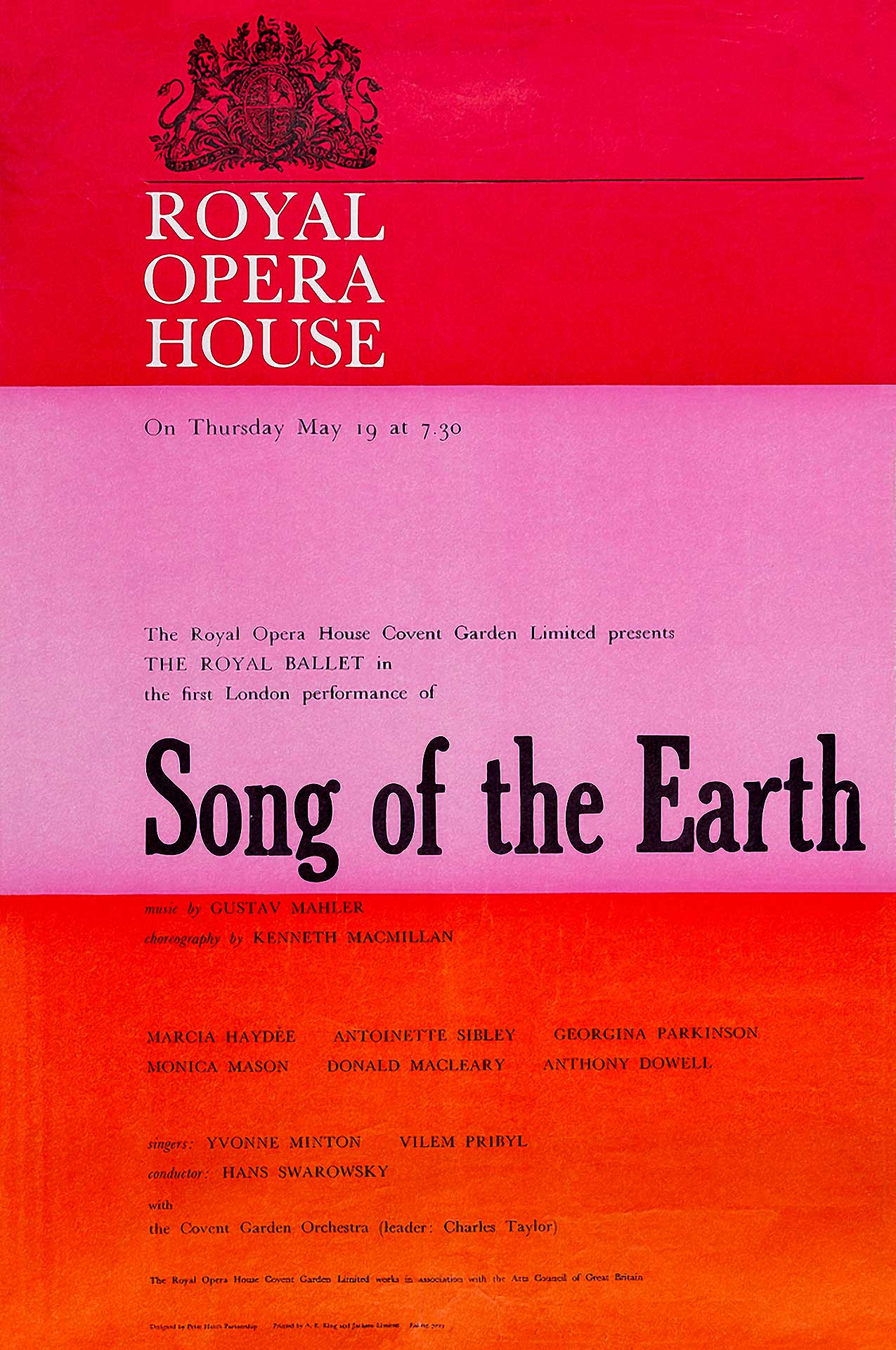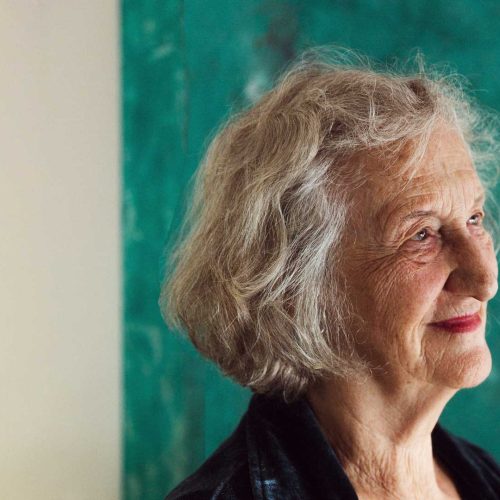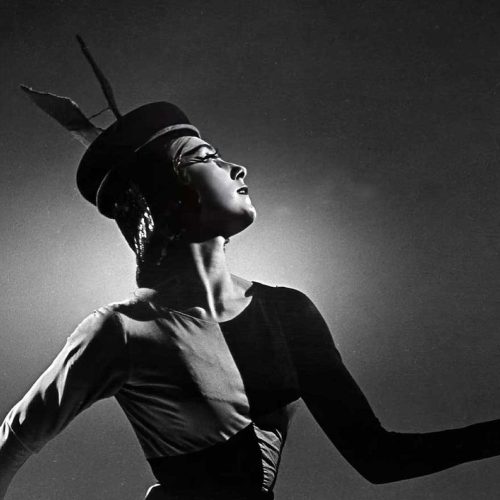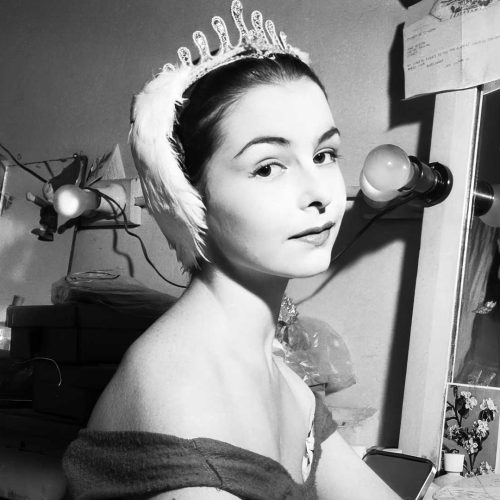Das Lied von der Erde was an orchestral song-cycle composed by Gustav Mahler in 1907 to 1908. It is based on six songs translated from the Chinese originals by Hans Bethge. The songs dwell on themes of death, beauty, both human and natural, the consolations of drink, solitude and parting. They are ‘The Drinking Song of the Earth’s Sorrow’, ‘The Lonely One in Autumn’, ‘Youth’, ‘Beauty’, ‘The Drunkard in Spring’ and ‘The Farewell’. This farewell, accompanied by an insistent funeral march, is of two friends, one of whom is retiring from the world into the mountains, to seek final peace for his lonely heart. The refrain in the first song ‘Dark is Life, Dark is Death’ is balanced by the words Mahler himself added to the final movement to the effect that after the parting (or death), the earth will everywhere blossom and grow green, forever, forever. The middle movements capture images of youthful strength and beauty. Mahler himself did not live to hear the work, which was not performed until 1911, and many have seen it as Mahler’s own premonition, and even acceptance, of his own mortality. The despair of the first song is matched by the ultimately poignant beauty and rush of emotion that transforms the initially funereal pulse of the last.
The ballet Song of the Earth is regarded as one of Kenneth MacMillan’s greatest achievements. It was originally produced as Das Lied von der Erde at the Stuttgart Ballet because the Royal Opera House Board felt that Mahler’s work was unsuitable as music for a ballet. However, following its success in Stuttgart, the ballet entered The Royal Ballet’s repertoire in 1966, where it has remained ever since. Adapting Mahler’s own text and scenario, MacMillan introduces three main figures: the Messenger of Death, who moves throughout, and a man and a woman. Death takes the man, and they return at the end for the woman. There could be no more striking testament to the power of MacMillan’s ballet than to say that it shows conclusively that the Board was plainly wrong about the suitability of a balletic version of Mahler’s masterpiece.




